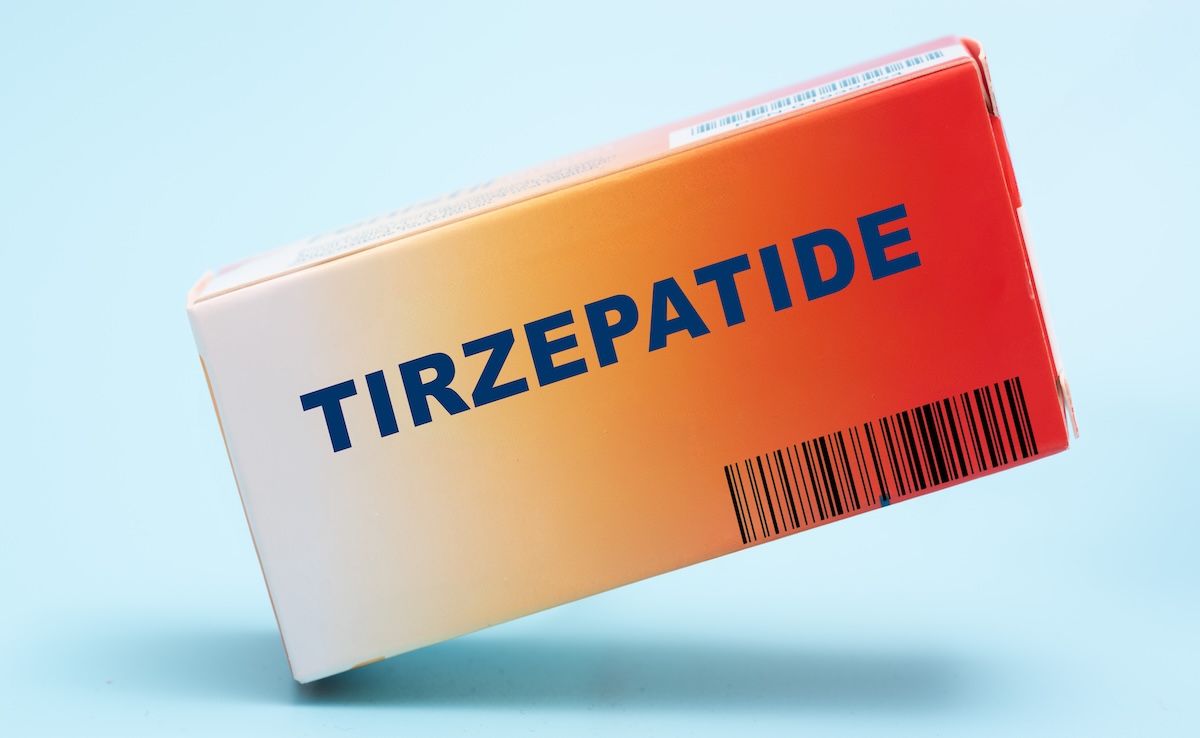Article
Hidradenitis Suppurativa Linked With Wound Complications Following Total Joint Arthoplasty
Author(s):
The risk of wound-related issues was approximately 2-fold in adult patients with hidradenitis suppurativa (HS) undergoing total hip/knee arthroplasty vs those without HS.
Hidradenitis suppurativa (HS) may increase risk of wound-related complications following total joint arthroplasty, according to study findings published in Arthroplasty Today.
Although a commonly performed procedure associated with favorable efficacy and safety outcomes, certain patient factors/conditions have been implicated regarding the risk of complications following total joint arthroplasty (TJA), including total hip arthroplasty (THA) and total knee arthroplasty (TKA).
“A major push has been to investigate how more specific risk factors, especially those of rarer etiologies, affect the risk of complications following TJA,” said the study authors.
HS, a rare chronic, inflammatory disease of hair follicles, is one such condition that warrants investigation, they added. There is a lack of research to date regarding outcomes of orthopedic surgeries in patients with HS, which is more likely to occur in women and disproportionately affects Black individuals.
“[HS] skin lesions are common sites of bacterial growth and are thus a potential risk factor for infection following procedures such as THA or TKA,” noted the researchers.
They conducted a retrospective cohort study of data from the 2015-2020 PearlDiver MHip and MKnee datasets to compare rates of perioperative complications and reoperations following either THA or TKA between adult patients with HS and a matched cohort of patients without HS.
Of the study cohort, patients with HS were matched 1:4 with non-HS patients based on age, sex, and Elixhauser Comorbidity Index (ECI). The incidence of 90-day any, severe, minor, and specific adverse events was compiled and compared with multivariate analyses, and 5-year revision rates were plotted on Kaplan-Meier survival curves and compared with log-rank tests.
A total of 331,627 and 274,161 patients who underwent THA and TKA were identified, respectively, of which HS was reported for 481 (0.15%) and 290 (0.11%) patients of the 2 cohorts.
Findings of the mulvariate analyses (controlling for age, sex, and ECI) indicated that patients with HS who underwent THA had a more than 2-fold greater risk of experiencing wound dehiscence than those without HS (odds ratio [OR], 2.55; P = .002). Patients with HS vs those without who underwent TKA were also at significantly greater risk of developing surgical site infection (OR, 1.95; P = .006).
All other 90-day adverse events were not significantly different between patients with and without HS undegoing THA and TKA. No significant difference in 5-year implant survival was observed for either procedure.
“This suggests that, once through the short-term wound-related issues, implant survival should be similar for those with HS as those without HS,” said the study authors. “In the setting of little literature on this topic, this information should be helpful for patient counseling and surgical planning.”
Reference
Gouzoulis MJ, Kammien AJ, Caruana DL, Wiznia DH, Grauer JN. Hidradenitis suppurativa leads to increased risk of wound-related complications following total joint arthroplasty. Arthroplast Today. 2022 Jun 24;16:169-174. doi:10.1016/j.artd.2022.05.013





